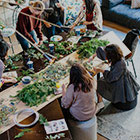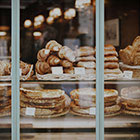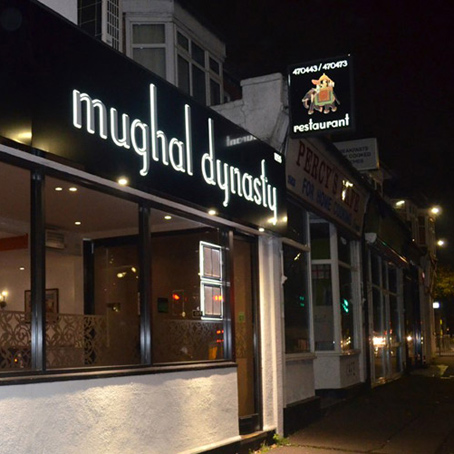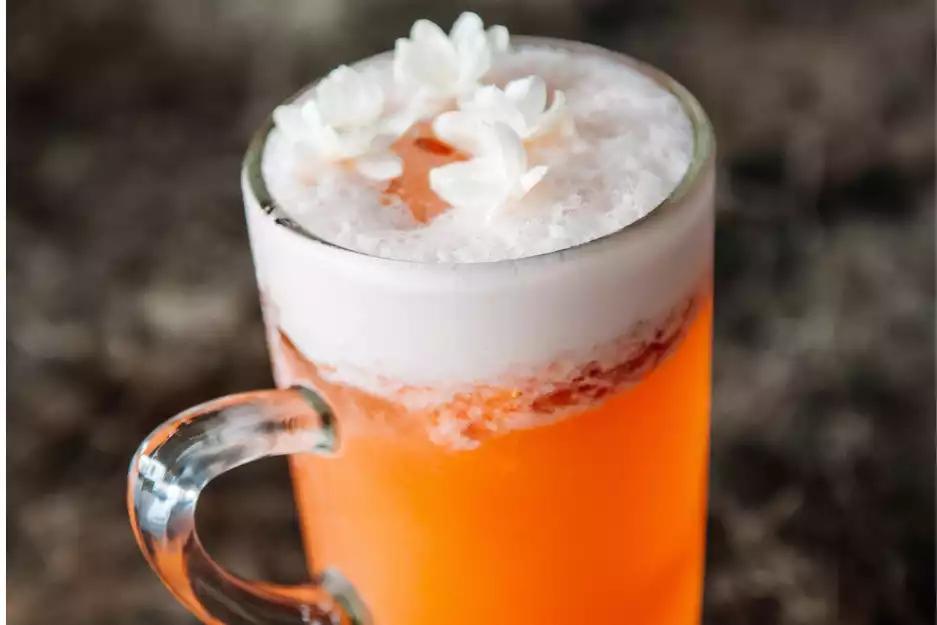-
AllAnytime Fitness Gym Art Blog Bus Fares Bus Service Business Business Expo C2C Care Care Home Charity Children Christmas Cinema City Status Cliffs Pavilion Cliffs Pavilion Review College Community Competition Construction Coronation Coronavirus Design Easter Education Electoral changes Leigh on sea Employment Emsella Chair Environment Essex & Suffolk Water News Essex Police Essex Wildlife Trust News Events Family Fun Fashion Festival Film Finance Fitness Food Food & Drink Foulness Bike Ride Fresh Face Pillow Company Gardening General Election Hair & Beauty Halloween Harp Havens Havens Hospice Havens Hospices Havens Hospices Health & Fitness Health & Beauty Health & Fitness Healthwatch Southend Historicaleigh History Holidays Housing Indian Indirock Jubilee Karen Harvey Conran Kids Kids Competitions Lazydays Festival Legal Leigh Art Trail Leigh Folk Festival Leigh Library Leigh Road Leigh Town Council Leigh Town Council Press Release Leigh on Sea Leigh on sea Folk Festival Leigh on sea Marathon Leigh on sea Town Council Leigh on sea man breaks marathon record Leigh on sea news Lifestyle Livewell Southend Press Release LoS Shop London Southend Airport Los Shop Marathon Mortgage Angel blog Mortgages Mughal Dynasty Music My Mortgage Angel MyLoS NHS News News Offers Palace Theatre Parenting Parking Pets Picture Of The Week Pier Politics Press Release Press Release Southend City Council Professional Property Property Of The Week RSPCA Ray Morgan Re:loved Recipes Recycling Restaurant Restaurant Review Restaurants Review Roads Rotary Club Royal Hotel Royal Visit SAVS Schools Seafront Shopping Shows & Music Review Shows & Music Shows & Music Review Southend Southend Airport Southend Borough Council Press Release Southend City Bid News Southend City Council Southend City Council Press Release Southend City Council Press Release Southend Community Safety Southend Hospital News Southend In Sight Southend In Sight Southend In Sight Press Release Southend on Sea Sport The One Love Project The Ship Hotel Theatre Theatre Blog Theatre Review Theatre review Transport Travel Travel Veolia Volunteer Weddings Whats On c2c
Goan Cuisine and the Portuguese
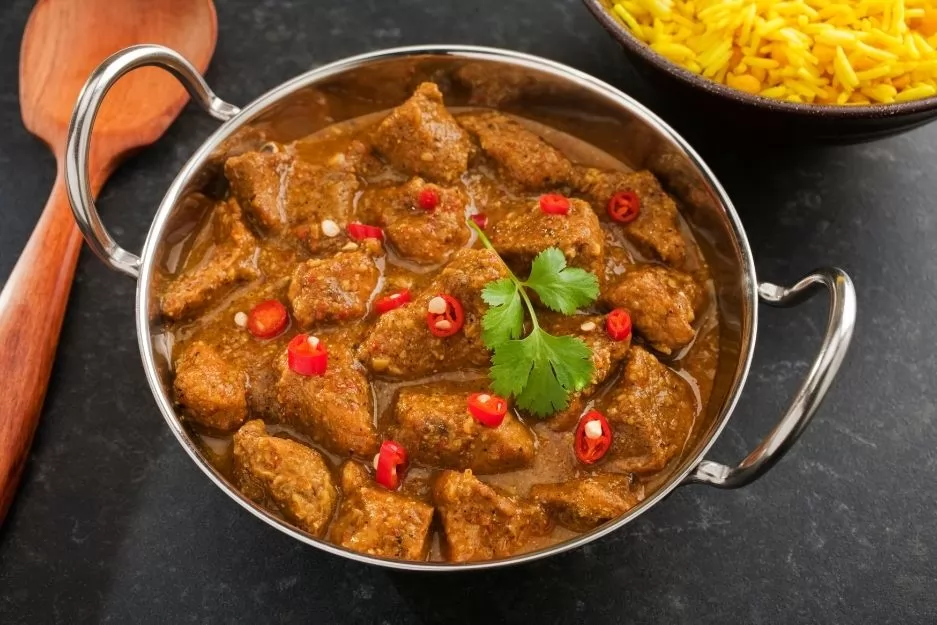
The Portuguese fort in Goa was the first major settlement made by Europeans in India, forming the heart of the Estada da India or ‘State of India’. This Portuguese expression referred to the Portuguese trading posts and settlements stretching all the way from the Cape of Good Hope in South Africa to Timor, the small and troubled island between Indonesia and Australia. The Portuguese were insistent on suppressing local customs, introducing Christianity (with the help of the Inquisition) and adding beef and pork to the local diet.
Pork is uncommonly popular in Goa and the region is famous for its sausages as well dishes such as sorpotel (a stew traditionally made with pork blood, meat, liver, vinegar and tamarind) and Feijoada, a pork and bean stew. The Portuguese dish vinha d’alhos (meat and garlic in wine) was also transformed into one of the most famous dishes in English curry houses: vindaloo. In India this dish would be made sour by adding the dried rind of the kokum fruit.
Many of the spices grown in India made their way into Portuguese cuisine; coriander, tumeric, ginger and cinnamon being very popular, although they also brought many different ingredients into the country from their trading posts around the world. Potatoes, tobacco, peanuts and okra are just a few of the additions made to the country’s cuisine.
Bread also made its way into Goa and today takes many forms. These include pav (from the Portuguese pau, meaning bread), which are bread rolls filled with butter and spices; bibinca, a layered cake made from egg yolks, coconut milk and flour; and, finally, boliho de coco which are small cakes flavoured with coconut.
This article features the following businesses:
Mughal Dynasty
Classic Indian curries and tandoori dishes served in a smart, long-running restaurant and takeaway based in Leigh-on-sea.
MOREADD A COMMENT
Note: If comment section is not showing please log in to Facebook in another browser tab and refresh.

